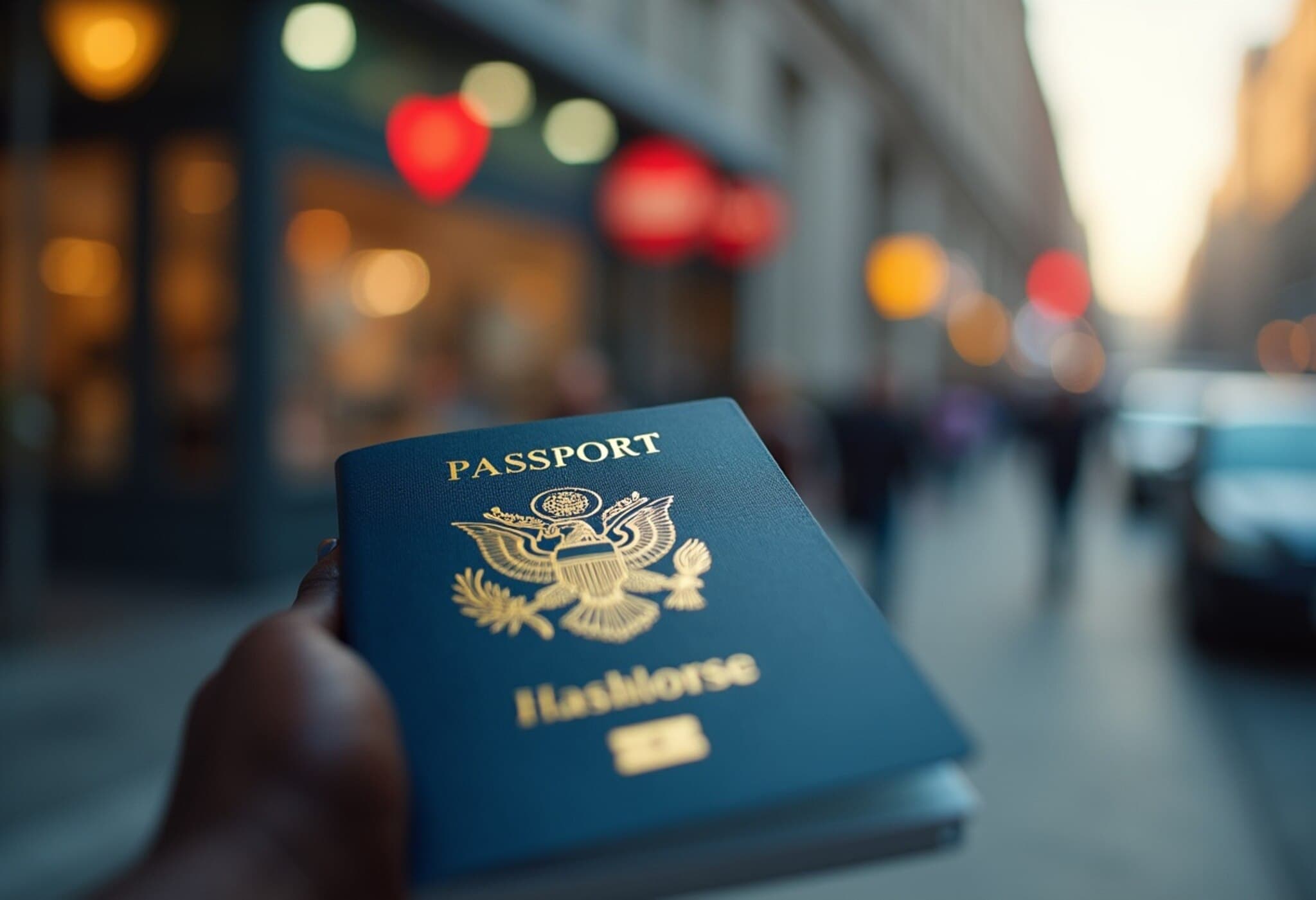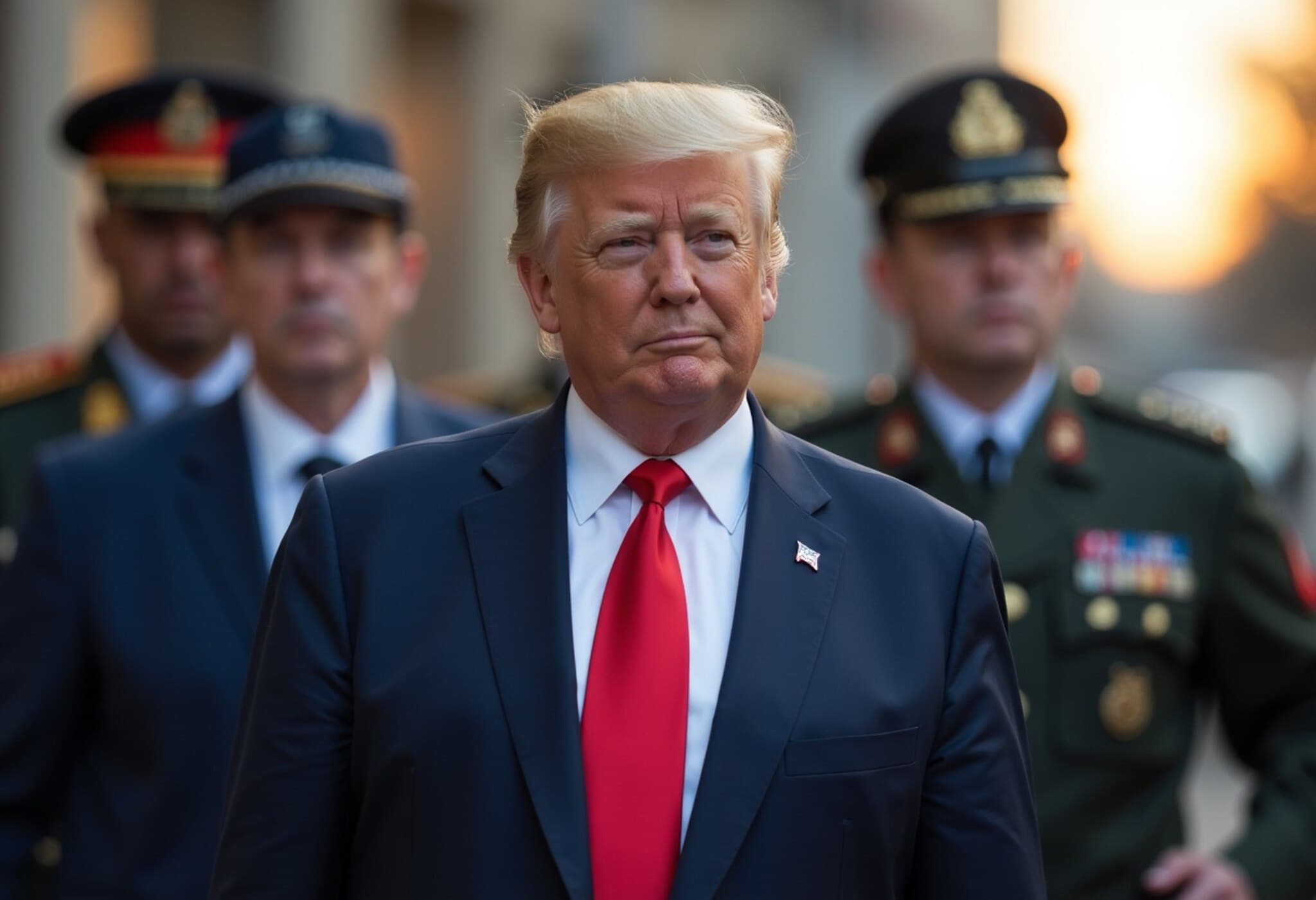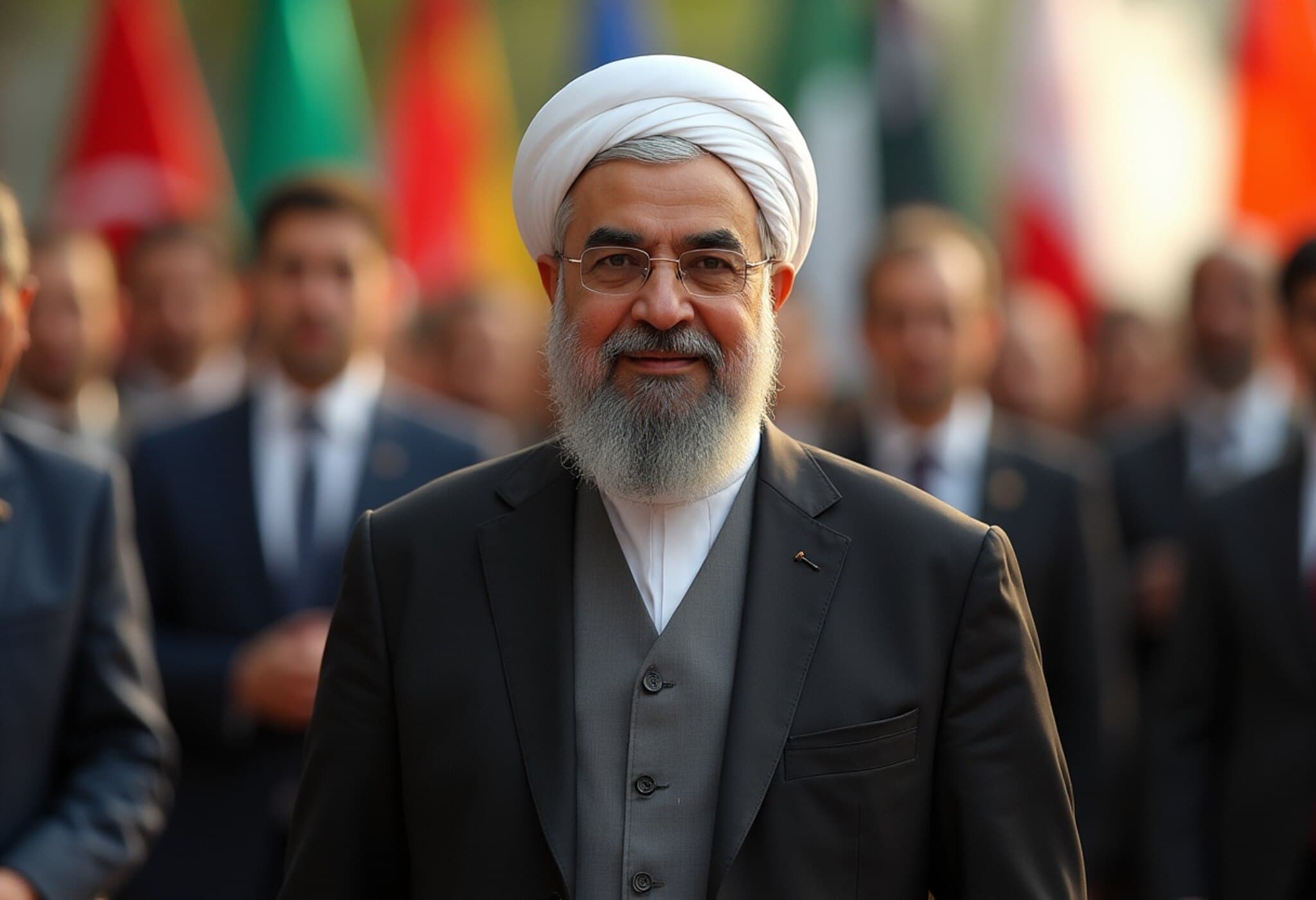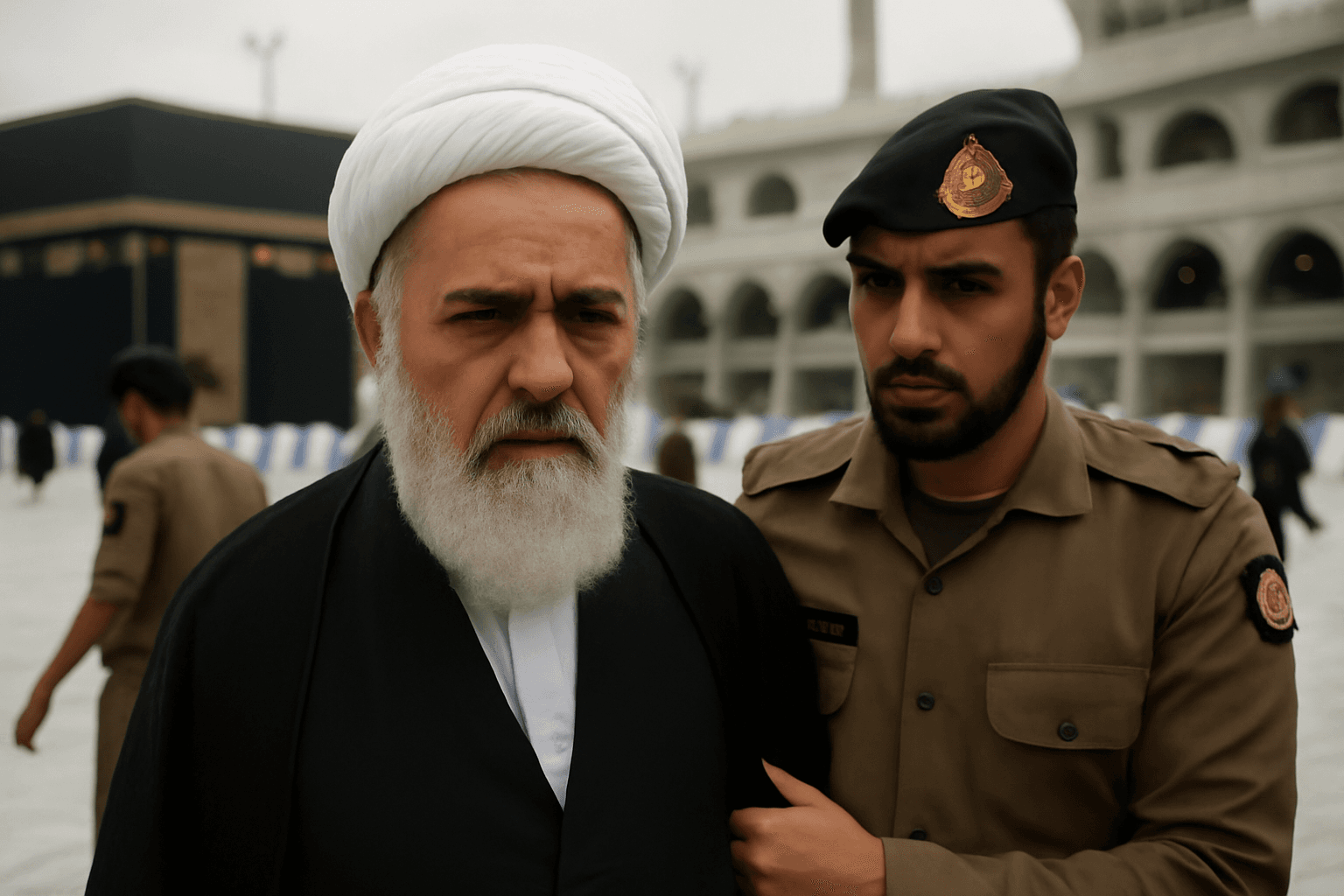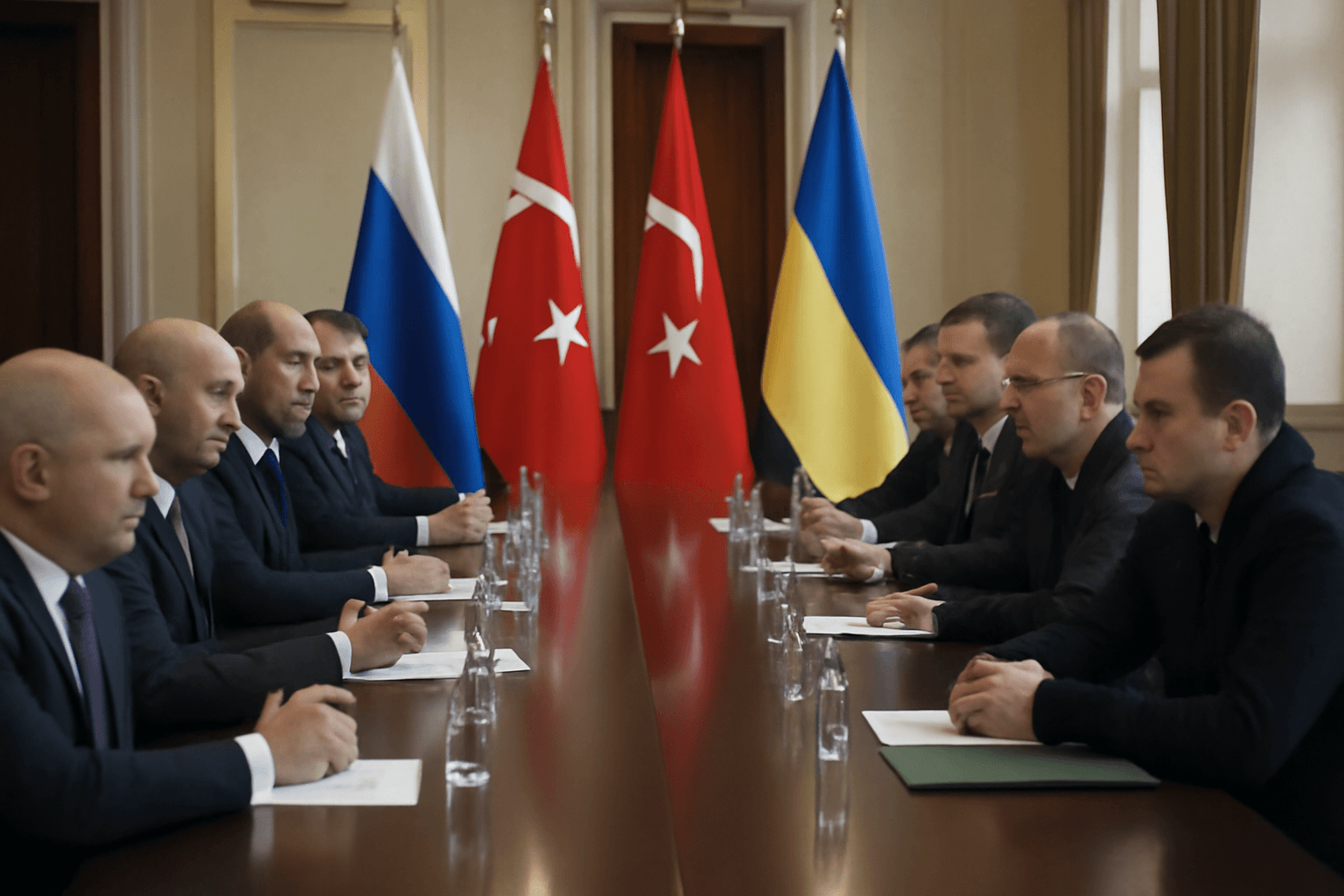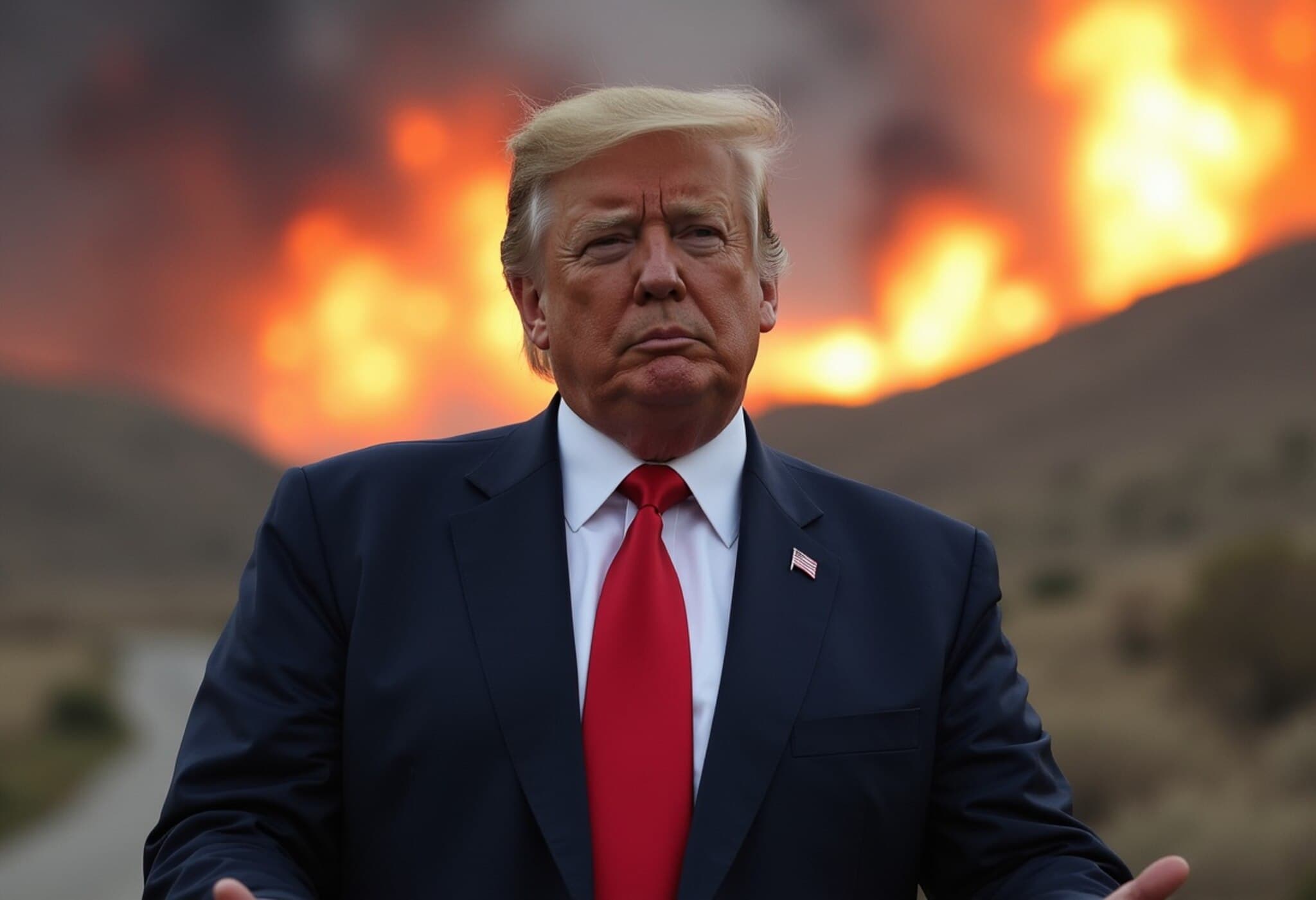Five Major Changes in US Visa Rules Set to Transform Travel and Immigration in 2025
As the United States tightens its immigration policies under the current administration, significant alterations to visa regulations are taking effect from late 2025. These adjustments aim to fortify border security and reduce visa overstays but raise important questions about accessibility and fairness for international travelers, students, and immigrants—especially from high-risk nations and developing countries.
1. New Visa Bond Requirement Up to $15,000 for High-Risk Countries
Starting August 20, 2025, a pilot program mandates some applicants from countries with historically high visa overstay rates and fragile internal documentation controls to post a bond ranging from $5,000 up to $15,000. This financial guarantee, which can be waived under certain conditions, is intended to deter visa violations.
The State Department has revealed that Zambia and Malawi will be the first countries affected, though the complete list remains undisclosed until the policy rollout. This move, while aimed at accountability, risks disproportionately impacting travelers from poorer nations who may not afford such bonds, potentially curbing legitimate tourism and business travel.
2. Introduction of a $250 Visa Integrity Fee for Non-Immigrant Visa Applicants
Effective from January 1, 2026, all applicants for non-immigrant visas—including tourist (B-1/B-2), student (F and M), work (H-1B), and exchange visitor (J) visas—will face a new $250 integrity fee. This surcharge functions like a refundable security deposit, returned only if visitors exit the United States timely or adjust their immigration status properly.
Diplomatic visa categories (A and G) remain exempt. Failure to comply with the refund terms results in forfeiture of the fee to the US Treasury. This fee adds to the current $185 non-immigrant visa cost, making travel more expensive. However, visitors from most visa waiver program countries, including Canada and many European nations, are exempt.
3. Stricter USCIS Measures Against Fraudulent Marriage-Based Green Card Petitions
In a bid to combat sham marriages used to gain immigration benefits, the United States Citizenship and Immigration Services (USCIS) introduced new guidelines as of August 1, 2025. These include:
- Requiring documented proof of bona fide relationships—financial records, photographs, and personal correspondence
- Mandating in-person interviews for a broader range of couples
- Enhanced examination of prior immigration petitions and applicant history
- Clarification that even approved petitions do not grant immunity from deportation on other grounds
These steps are poised to strengthen immigration integrity but could also increase processing times and stress for genuine couples navigating the green card process.
4. Additional Visa-Related Fees Increase Travel Costs
Under the recently enacted "One Big Beautiful Bill Act" signed on July 4, 2025, travelers will face several new non-waivable fees alongside the Integrity Fee, including:
- $24 I-94 fee applied to all non-immigrant visa holders
- $13 ESTA fee for Visa Waiver Program travelers
- $30 EVUS fee for Chinese nationals holding 10-year B-1/B-2 visas
These add-ons substantially hike overall visa costs, posing financial challenges particularly for applicants from developing economies.
5. Reversal of Interview Waivers: In-Person Interviews Become Mandatory
From September 2, 2025, most applicants—including children under 14 and seniors over 79, groups previously exempt—must appear in person for visa interviews. This reversal of COVID-era relaxations affects major visa categories: tourist/business, student, work, and exchange visas.
Exceptions remain limited to diplomatic/official visa holders, certain renewals, individuals with no prior refusals, and those applying from their home countries. Nevertheless, consular officers maintain discretion to require interviews case by case, underscoring a more rigorous vetting landscape.
What These Changes Mean for Indian Travelers
The cumulative effect of these new fees and requirements is monumental. Indian visa applicants are expected to see the cost of obtaining a US tourist or business visa nearly triple from the current $185 to roughly $472—including the $250 Integrity Fee and $24 I-94 charge. This steep rise threatens to dampen travel enthusiasm and raise barriers for students, professionals, and businesses engaging with the US.
Critics caution that while these policies address misuse and security concerns, they risk unintentionally locking out legitimate applicants and overburdening lawful immigrants with financial and procedural hurdles.
Expert Insight: Balancing Security with Accessibility
From a policy analysis standpoint, the US government’s attempts to clamp down on visa abuses are understandable given national security imperatives and immigration system strain. However, these measures spotlight an ongoing tension between rigorous enforcement and preserving America’s historical openness to visitors and talent from around the world.
Experts suggest that transparency concerning targeted country lists, nuanced application of bond requirements, and expanded support for genuine travelers will be critical to avoid disenfranchising entire regions. Moreover, the surge in administrative fees raises economic equity issues, potentially disadvantaging skilled workers and students who will face heavier financial burdens despite their positive contributions to the US economy and society.
Looking Ahead: Questions for Policymakers and Travelers
- How will these fees and interview policies affect US-bound travel trends from developing countries over the next decade?
- Can visa integrity efforts be balanced with streamlined, transparent processes that minimize confusion and delay?
- What mechanisms will ensure waived bond exceptions fairly accommodate low-risk yet financially constrained travelers?
- In what ways can technology and data-sharing enhance vetting without imposing unnecessary in-person interviews?
Editor’s Note
The 2025 overhaul of US visa regulations marks one of the most significant policy shifts in recent years, reflecting a broader global trend toward stricter immigration controls. While enhancing security is essential, it is equally important to recognize the human stories behind visa applications—students hoping to study in America, families reunited through legitimate marriage, and professionals seeking opportunity.
As these new rules take hold, stakeholders—governments, consulates, and applicants alike—must collaborate to ensure that the pursuit of security does not come at the expense of welcome and fairness. Travelers should prepare for higher costs and longer procedures, but also stay informed about potential exemptions and waivers.
This evolving landscape calls for vigilance, empathy, and informed dialogue to craft immigration policies that protect borders without closing doors.

